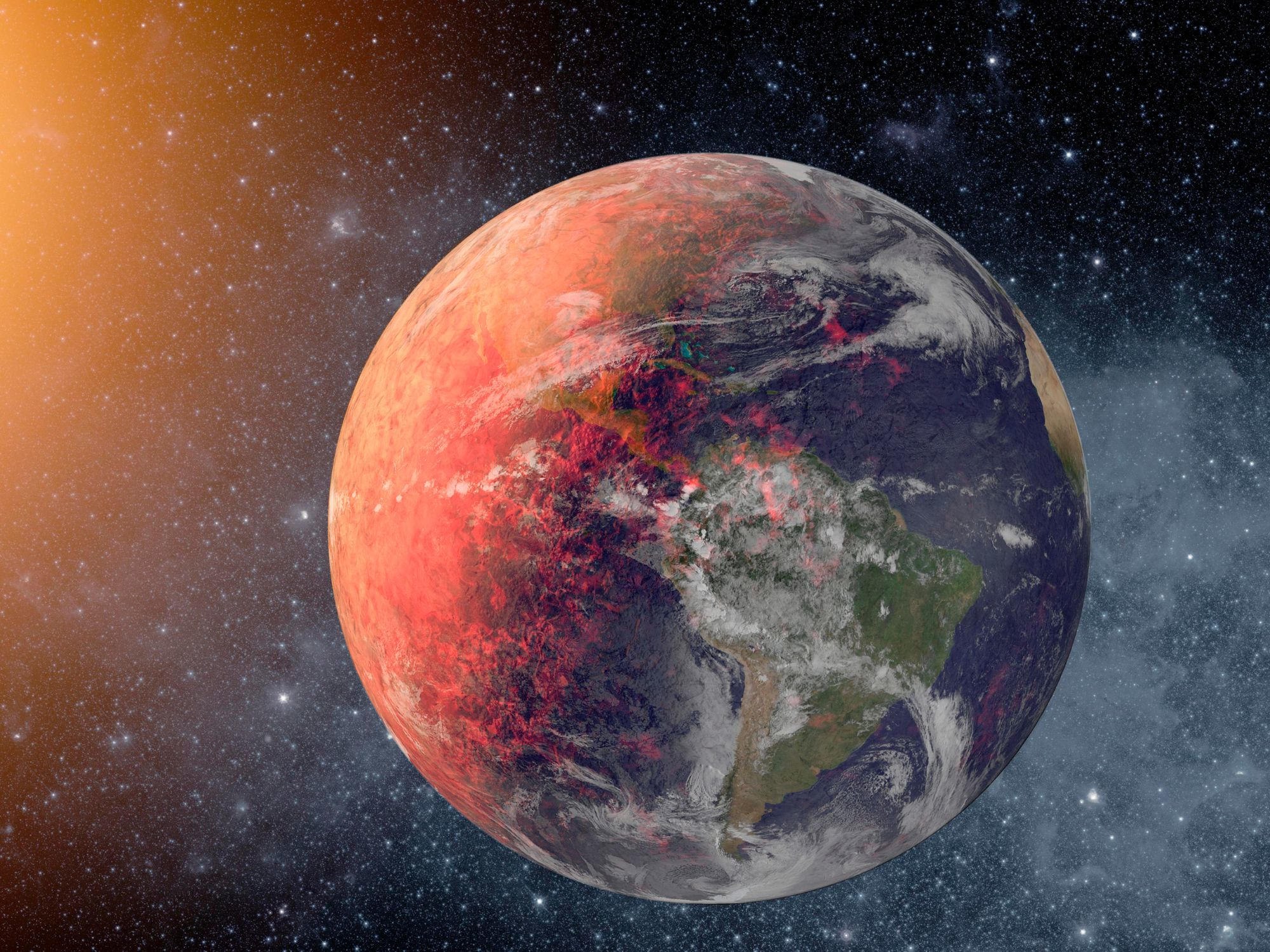
Scientists have discovered that the melting of the ice sheet 8,000 years ago affected global climate patterns. The study provides insight into potential future climate impacts from melting ice in Greenland.
Scientists analyzing geological samples from the mouth of the River Ethan in Scotland have identified a melting ice sheet as the likely cause of a major climate change event just over 8,000 years ago.
The study, conducted by a collaborative team of geologists from four Yorkshire universities led by Dr Graham Rush – affiliated with both the University of Leeds and Leeds Beckett University – may provide insights into the potential impacts of the current ice melt in Greenland on global climate patterns.
More than 8,000 years ago, the North Atlantic and northern Europe experienced significant cooling due to changes in a major system of ocean currents known as the Atlantic Overturning Circulation, or AMOC.
The change in AMOC also affected global precipitation patterns.
It is believed that the influx of a huge amount of fresh water into the saltwater seas of the North Atlantic Ocean caused the AMOC to collapse.

Shows a sediment core taken from the mouth of the River Ethan. Credit: University of Leeds
The research team took sediment core samples in the Ethan estuary to build a picture of what was happening to sea levels more than 8,000 years ago.
From analyzing microfossils and sediments in the samples, they found that changes in sea level moved away from natural background fluctuations of about 2 mm per year and reached 13 mm per year with individual sea level events that likely raised the water by about 2 metres. At the mouth of the Thane River.
Analysis of core samples provides further evidence that there were at least two major sources of freshwater discharging into the North Atlantic, causing changes in the AMOC, rather than a single source as previously thought.
The view held by many scholars was that the fresh water came from a giant lake — Lake Agassiz-Ojibway, which was the size of the Black Sea and located near what is now northern Ontario — and drained into the ocean.
“We showed that although the lake was huge, it wasn’t large enough to account for all that water flowing into the ocean and causing the sea level rise that we observed,” Dr Rush said.

Dr. Rush looks at the sediment core in the lab. Credit: University of Leeds
Instead, Dr. Rush and his colleagues believe that the melting of the Hudson Bay Glacier that covered much of eastern Canada and the northeastern United States led to the injection of massive amounts of water that was reflected in the core samples.
Peripheral circulation distributes heat
Thermal energy drives the world’s climate, and ocean current disturbance has had major repercussions around the world.
Temperatures in the North Atlantic and Europe fell by between 1.5 and 5 degrees Celsius and lasted for about 200 years, while other regions saw temperatures rise above average. Rainfall levels have also increased in Europe, while other parts of the world, such as parts of Africa, have experienced drier conditions and prolonged periods of drought.
The study’s authors believe the study gives insight into how the melting of Greenland’s ice sheets is currently affecting global climate systems.
Dr Rush added: “We know that the AMOC is currently slowing down, and although it is still being discussed, some projections suggest that it may close completely.
“However, by looking at past events we can learn more about what causes and is likely to cause these changes. We have shown that rapid ice sheet retreat, which may occur in Greenland depending on the future trajectory of fossil fuel emissions, could cause a range of significant climate impacts.” Which could have very disturbing consequences.
Reference: “The magnitude and source of the meltwater forcing of the 8.2 km climate event constrained by relative sea level data from eastern Scotland” by Graham Rush, Ed Garrett, Mark D. Bateman, Grant R. Page, Fiona D. Hebert, David E. Smith W. Roland Girls, August 21, 2023, Quadrant Advancement of science.
doi: 10.1016/j.qsa.2023.100119

“Reader. Infuriatingly humble coffee enthusiast. Future teen idol. Tv nerd. Explorer. Organizer. Twitter aficionado. Evil music fanatic.”

